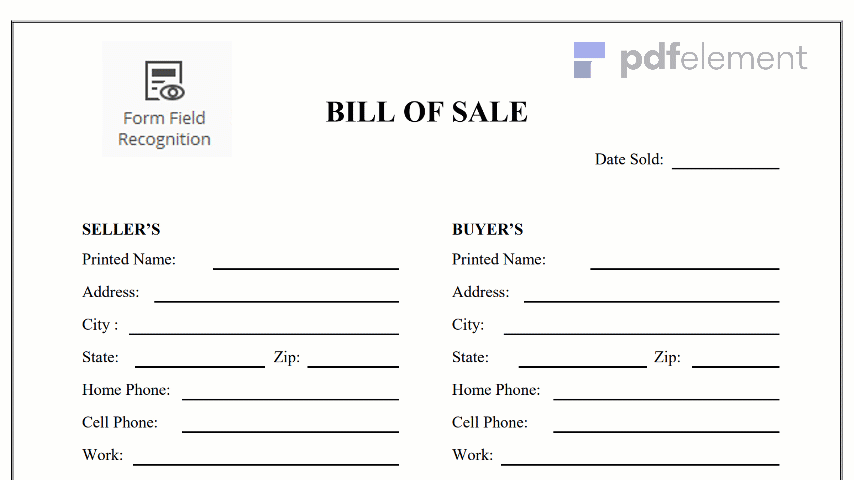
Unlike any other posters, scientific poster is more informative and sometimes formal depending on the type of audience to be presented. Usually this is made up for big presentation events and is presented in a logical method or posted for everyone to read and see. Posters can have a little touch of some eye catchy designs to get attention from reader. It is used as a way of communicating by using visualization and explanation. A wide variety of topic may be used when making one, regarding science and sometimes not as long as it is clear and has visual aids may be used when making one.
The basic format of a scientific poster must be made in a professional manner. Its concern is to be big in size for a distant look, as it will also be used for some presentations and will posted in exhibits wherein the visitors could be not be really close to some items. It can be digitally printed or manually made like making a collage but methodically. It consists of specific contents such as introductions, material and methods, results, and conclusion. It is also ideal for a scientific poster to have some further information, acknowledgement due to research and some resources. It can be very eye catchy but the designs should not sacrifice the readability of the poster.
Making a scientific poster could be really engaging and fun but it takes long time for the maker to consider undergoing a long process of researching for a more accurate details. The contents must be in a break down manner separated by sections. Here is a step by step procedure on how to make a Scientific Poster:
Step1. Make a draft on how you wanted the poster to look like. Laying out the possible order of the contents and its photos. By doing this, it provides the maker to create different looks of the poster and it avoids mistakes.
Step 2. Write down all the informations gathered consecutively and separated accordingly by their categories. This allows the maker to correct some errors and re-read the presentation.
Step 3. The next step is to get a board wherein the poster would be arranged. Be aware of the standard size that the event or venue is requiring. Then proceed to laying out the sections of the poster. Start by writing down the tile of the poster, the title must not be lengthy. Make an engaging title to invite visitors or viewers and it should give them a hint into the entirety of the poster.
Step 4. Proceed to writing down the Introduction. Introductions must not be very long, better less than 200 words or else the readers would eventually get bored while reading it. It must orient them into the topic and would make them want to read more and finish the poster.
Step 5. When the Introduction is done, next is to write down the Material and Methods section. In this part, the maker can freely include some photos of the procedure. This is where all the materials and methods used are going to be shown in the public. It is also efficient to state in why the maker chose those materials and methods.
Step 6. Next is the Results section. Report or discuss the findings that are obtained through the materials and methods used. This can be graphical visualization or anything that could prove the result. Most of the time, this part is the longest due to some explanations and visual aids attached in it.
Step 7. The next part is the Conclusion wherein the reporter of the scientific poster would briefly review the topic and explain what he or she has concluded.
Step 8. Lastly, write down some acknowledgements and the resources of the research made.
1. Know who would be the audience of the poster to perfectly choose the right words and visualizations to use.
2. The poster must be concise and yet full of the rich informations that the maker has come up to.
3. Think of how to make the poster more inviting and informative. Use graphical visualization for it may lessen up the words to use for a quick look.
4. Make the fonts readable and not too small.